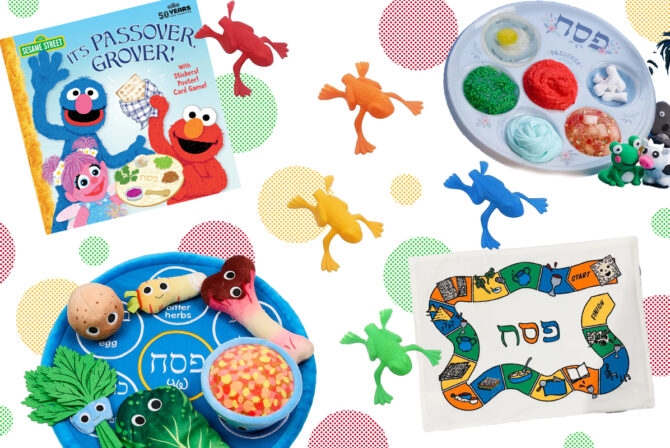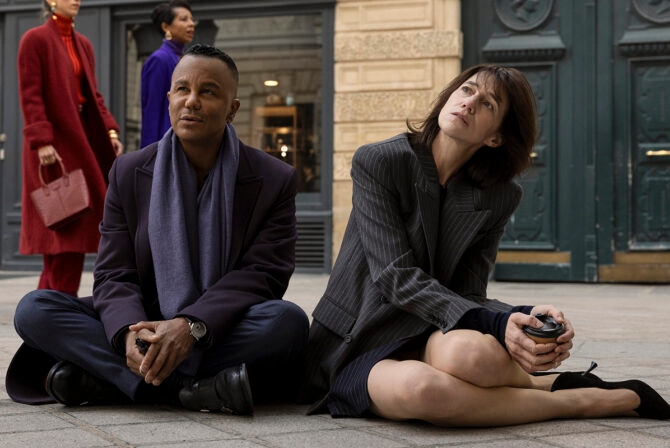On Sunday mornings, our Tokyo family has a tradition of making blintzes, or Russian crepes. It started when my Japanese husband first met my Jewish grandmother. He was learning English; she didn’t know a word of Japanese. I worried about how they would communicate, though I needn’t have. You see, my husband loves to cook. My grandmother loves to teach. And I love to eat. It was a match made in heaven.
My grandmother always travels with her blintz pan. Whenever visiting, she spends the first week in the kitchen and the next watching TV—“Iron Chef” being a favorite. We have four different kinds of blintzes—cheese, blueberry, cherry, and strawberry—stockpiled in the freezer for months after she’s gone. I always marvel at my grandmother’s industriousness. Then I get busy eating the fruits of it.
READ: Becoming a Japanese Housewife Made Me a More Committed Jew
When I first got married, Grandma naturally brought her blintz pan to Japan. She and my husband had a blintz-cooking marathon in our kitchen. She had a system and a line-up, just like in a factory. She told my husband what to do, and he did it.
If you thought sushi chefs were particular, wait until you meet a blintz master. The crepes can’t be too thin or too thick. You have to put just the right amount of filling in the center, then fold the crepe softly so it won’t tear. Then there’s the frying: The blintzes have to be lightly fried, but kept in the pan long enough to get a nice brown sheen. Not to mention the flip. A fork must be angled just right under the crepe to flip it over gracefully. Only one side is browned. The other is done after defrosting, when re-heating.
READ: I Felt Like an Outsider Living in Japan, Until I Befriended Another Mom
Even though my husband couldn’t completely understand my grandmother’s Yiddish-laced English, and she couldn’t totally understand his Japanese-accented English, they spoke the language of cuisine perfectly together. When I asked Grandma what she thought of him, she delivered her verdict: “He’s a very nice man. And if you have a man who can cook blintzes, you should definitely keep him around.”
Then he taught her how to do the wrap, Japan-style, with a lesson on making sushi. The rice has to be cooked just so, with the right amount of vinegar. And you have to fan the rice to make sure it sticks together enough, but not too much. And when you put the seaweed in the bamboo roller, make sure you roll it tightly. And don’t put too much filling in, or the roll will be lumpy and the seaweed will tear. You get the idea. Grandma ate it up, declaring blintzes as probably the first culinary wrap, maybe even older than sushi.
READ: Becoming a Jewish Mother–By Way of Adoption–in Japan
And so, across oceans and a generation, a Japanese blintz master and Jewish sushi master were born. She even gave him his very own blintz pan. And he gave her a bamboo sushi maker. After all, one good turn deserves another.







